
Introduction
Imagine a plant so stunningly beautiful that it turns the head of every plant enthusiast upon sight; such is the allure of the Philodendron White Princess. Its enchanting variegated leaves, splashed with vibrant shades of green and pure snowy whites, create a visual spectacle akin to a masterpiece painted by nature herself. This plant not only adds elegance to any indoor space but brings with it a story of nature’s marvel.
Hello! I’m Anitha, a passionate plant parent of over a decade, specializing in the tender care of Philodendrons and other exotic houseplants. My journey with these green companions has been enriched through certifications in Horticulture, coupled with countless hours of hands-on experience. This has not only deepened my love for houseplants but has equipped me with the knowledge to nurture them into thriving beauties.
Philodendron White Princess – A Botanical Overview
The Philodendron White Princess is a rare gem in the plant kingdom. Originating from the rainforests of South America, this cultivar is a testament to the diversity and beauty of tropical foliage. What sets the Philodendron White Princess apart is its remarkable variegation. Each leaf tells a unique story with its blend of white, green, and sometimes even hints of pink. This variegation is not just rare; it’s a serendipitous anomaly that makes each plant a one-of-a-kind piece of art. Despite its royal demeanor, it’s surprisingly resilient and adaptable, making it a cherished specimen among both novice and experienced plant enthusiasts.
Unwrapping Philodendron White Princess Care
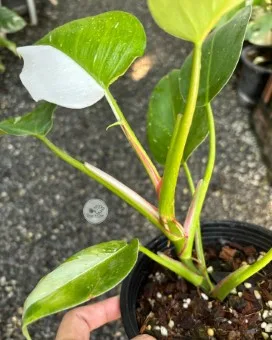
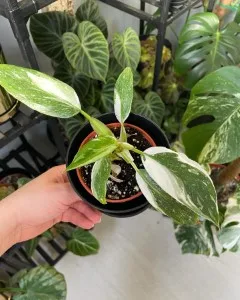
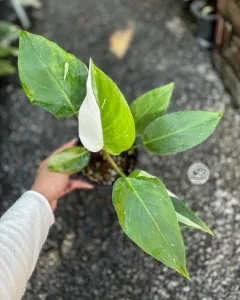
Light Requirements
The Philodendron White Princess thrives under bright, indirect light, which accelerates its growth and enhances the variegation on its leaves. Direct sunlight, however, should be avoided as it can scorch the delicate leaves. A north or east-facing window is ideal, providing the plant with gentle morning sunlight. If you notice the variegation becoming less pronounced or the leaves turning yellow, this could be a sign of excessive light. On the other hand, leggy growth and small leaves indicate insufficient light. Adjusting the plant’s position to optimize light exposure can remedy these issues.
The Art of Watering
Watering the Philodendron White Princess demands attention and understanding. This plant prefers the topsoil to be slightly dry before the next watering. A simple check with your finger about an inch deep into the soil can guide whether it’s time to water. During warmer months, the plant will require more frequent watering compared to the cooler, dormant season. A key to successful growth is well-draining soil; it prevents water from pooling at the roots, which can lead to root rot. If you find your plant overwatered, increase the interval between watering and ensure excess water can drain freely. Conversely, underwatered plants will benefit from gradually increased watering. Regular misting can also help maintain adequate humidity.
Soil Composition for Success
Creating the perfect soil mix for your Philodendron White Princess is akin to preparing a gourmet meal for a cherished guest. A well-draining, aerated, and nutrient-rich soil is paramount. A recommended mix includes one part orchid bark, one part perlite, and one part coco coir. Orchid bark ensures breathability and drainage, preventing waterlogged roots. Perlite further improves aeration and drainage, while coco coir retains moisture without becoming soggy. This combination supports robust root health and facilitates optimal growth.
Fertilizing for Vibrant Foliage
To keep your Philodendron White Princess looking its best, fertilization is a useful tool. Using a dilute, balanced, liquid fertilizer once a month during the growing season can provide the necessary nutrients for vibrant foliage. However, during the plant’s dormant period in cooler months, it’s best to pause fertilization to avoid overwhelming the plant with nutrients it cannot use. Always follow the recommended dilution rates to prevent nutrient burn. The key is moderation, ensuring your plant receives just the right amount of support for its growth and variegation.
Optimizing Your Philodendron’s Paradise
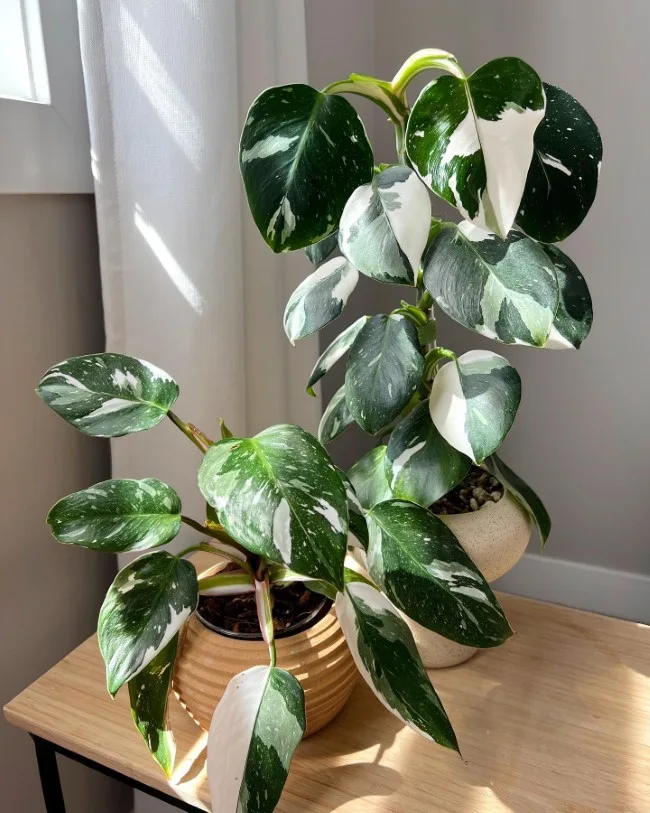
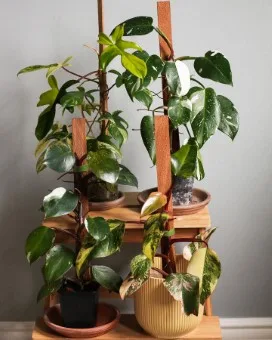
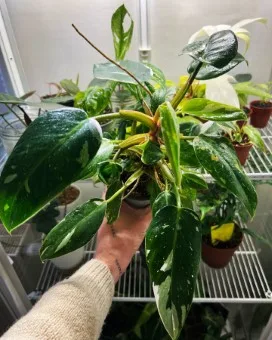
Temperature and Humidity
The Philodendron White Princess requires a warm and humid environment to flourish, mimicking its native tropical rainforest habitat. The ideal temperature range for this plant is between 65°F to 80°F (18°C to 27°C). It should be protected from sudden temperature drops and cold drafts, which can stress the plant. Humidity levels around 60% to 80% are perfect, but it can tolerate lower levels with some extra care. To increase humidity, use pebble trays filled with water under the plant’s pot or employ a humidifier. Placing your Philodendron near other plants can also create a micro-environment with higher humidity, benefiting all involved.
Boosting Growth and Variegation
Unique care techniques can significantly affect the growth and variegation of your Philodendron White Princess. For example, strategic pruning can not only encourage a bushier appearance but can also stimulate the plant to produce more variegated leaves. To enhance variegation, consider the light’s position and intensity, as more light often leads to more pronounced variegation. In my experience, rotating the plant every few weeks ensures all sides receive equal light, promoting uniform growth and variegation. Another tip is to gently clean the leaves monthly to remove dust and improve photosynthesis efficiency.
Common Problems and Solutions
Owners of Philodendron White Princess might encounter issues such as pests (e.g., spider mites or aphids), diseases, or browning leaves. Regular inspections can catch problems early when they’re easier to manage. For pests, a neem oil solution can act as both a preventative and a cure. Diseases often arise from overwatering, so ensure your soil mix is well-draining and you’re letting the topsoil dry out between waterings. Browning leaves can result from either too much direct sunlight or lack of humidity. Adjusting your plant’s location or increasing the ambient humidity can often remedy this. My personal mantra is “prevention is better than cure”; thus, maintaining a clean and stable environment for your plant will avert many common issues before they start.
Propagation: Sharing the White Princess Magic
Propagation is a rewarding way to share and multiply the beauty of your Philodendron White Princess. Two popular methods are stem cuttings and water propagation. Here’s a detailed guide to help you through the process.
Stem Cutting Propagation
- Select a Healthy Stem: Look for a stem with at least two nodes (the small bumps on the stem where leaves and roots grow). A healthy stem will have vibrant leaves and no signs of pests or disease.
- Make Your Cut: Using a clean, sharp pair of scissors or a knife, cut just below a node. This area is where the new roots will sprout.
- Prepare the Cutting: Remove the lower leaves near the cut end to expose the nodes. If there are any large leaves remaining, consider trimming them to reduce moisture loss through transpiration.
- Rooting Hormone (Optional): Dip the cut end in rooting hormone. This step is optional but can encourage faster root growth.
- Plant in Soil: Fill a small pot with a well-draining soil mix similar to the one your Philodendron White Princess is used to. Plant the cutting in the soil, ensuring at least one node is buried beneath the soil surface. Water lightly.
- Create Humidity: To help maintain moisture, cover the pot with a clear plastic bag or place it in a mini greenhouse. Make sure the leaves are not touching the plastic to prevent rot.
- Place in Bright, Indirect Light: Find a warm spot with bright, indirect light for your cutting. Avoid direct sunlight to prevent scorching.
- Wait for Roots to Develop: Keep the soil slightly moist but not soggy. In about 2-4 weeks, roots should begin to develop. You can check by gently tugging on the plant; if there’s resistance, roots have formed.
Water Propagation Method
- Select and Cut: Just like in the soil method, select a healthy stem with at least two nodes. Make your cut just below a node.
- Prepare the Cutting: Remove the lower leaves to expose the nodes. Trimming large leaves is also recommended.
- Place in Water: Fill a clear glass or jar with room-temperature water and place your cutting into it, ensuring at least one node is submerged. Avoid using a container that is too large to prevent the cutting from slumping over.
- Position in Bright, Indirect Light: Position the jar in a location that receives bright, indirect sunlight.
- Change the Water Regularly: Change the water every few days to keep it fresh and prevent bacterial growth.
- Root Development: Roots should start appearing within 2-4 weeks. Once the roots are a few inches long, you can transplant the cutting into soil following the steps mentioned in the soil propagation method.
Visual Aids
Unfortunately, due to the format of this guide, incorporating high-quality pictures is not possible here. However, visual aids showing each step can be found in gardening books or trusted online resources dedicated to plant care and propagation.
Remember, patience is key when propagating your Philodendron White Princess. With care and attention, you’ll soon have new plants to enjoy or share with friends and family.
Conclusion

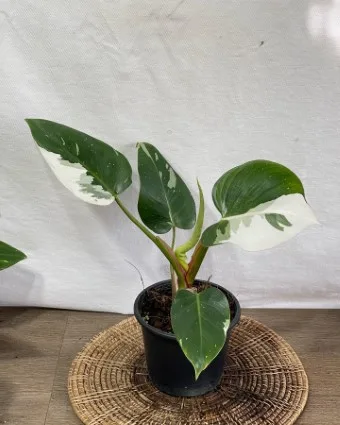
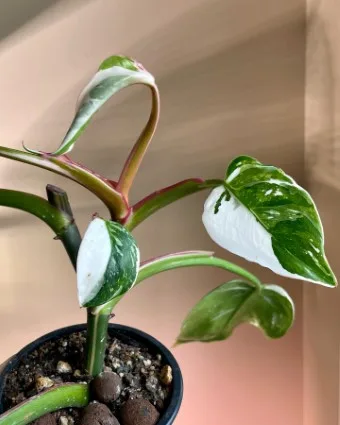
Recap and Final Touches:
Caring for a Philodendron White Princess requires attention to humidity, light, soil moisture, and regular maintenance to protect against pests and diseases. Propagation, whether through stem cuttings or water propagation, offers a means to share the beauty of this plant. Key to thriving plants are ensuring they receive bright, indirect light, maintaining soil moisture without overwatering, and providing a high humidity environment.
Call to Action:
I’d love to hear about your experiences with the Philodendron White Princess or address any questions you might have. Please share your stories or queries in the comments section below. Your insights not only enrich our community but also help everyone to grow and care for their plants better.
Trust Signals:
For more tips and personal advice, feel free to connect with me on social media or drop me an email. You can find me on Instagram and Twitter, or email me directly at yourmail@example.com. Your growing success is our passion, and we’re here to support each step of your botanical adventure!
Additional Tips:
To further enhance the aesthetics of this guide and make the complex topics more accessible, consider integrating the following elements into the blog post:
- High-Quality Photos: Throughout the blog, include captivating photos of the Philodendron White Princess at various stages of growth and care. This visually showcases the plant’s beauty and aids in demonstrating care techniques. For instance, feature photographs of:
- A healthy Philodendron White Princess
- The process of selecting a stem for propagation
- The appearance of new roots during both soil and water propagation methods
- Break Down Topics with Clear Headings: Organize the content with clear, descriptive headings and subheadings to guide readers smoothly through the guide. Examples of headings could include:
- “Optimal Lighting Conditions for Your Philodendron White Princess”
- “The Perfect Soil Mix”
- “Watering Schedule for Maximum Health”
- Use of Bullet Points and Numbered Lists: Wherever possible, distill information into bullet points or numbered lists for easier consumption. For instance, list the steps for stem cutting and water propagation methods in a numbered format and use bullet points to highlight the signs of a healthy Philodendron stem for propagation.
- Internal Links to Relevant Blog Posts: Integrate internal links to related content on your website to encourage further reading. For example:
- “For more information on caring for indoor plants, check out our comprehensive guide.”
- “Discover the top 5 plants that complement the Philodendron White Princess in your indoor garden here.”
- SEO Optimization: Use relevant keywords naturally throughout the blog post. Include terms such as “Philodendron White Princess care,” “how to propagate Philodendron White Princess,” and “best soil for Philodendron White Princess,” especially in headings and early in sections. However, ensure the primary focus remains on providing valuable, informative content for readers.
Incorporating these elements not only enriches the reader’s experience but also positions your blog as a go-to resource for plant care, leveraging visual appeal, structured information, and interconnectivity among topics.